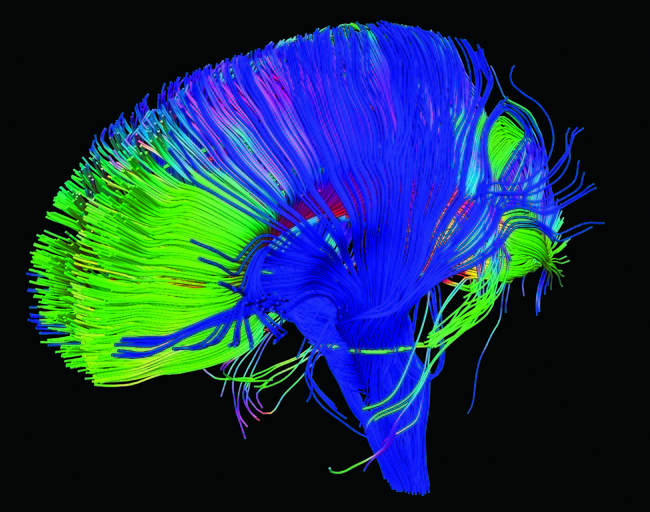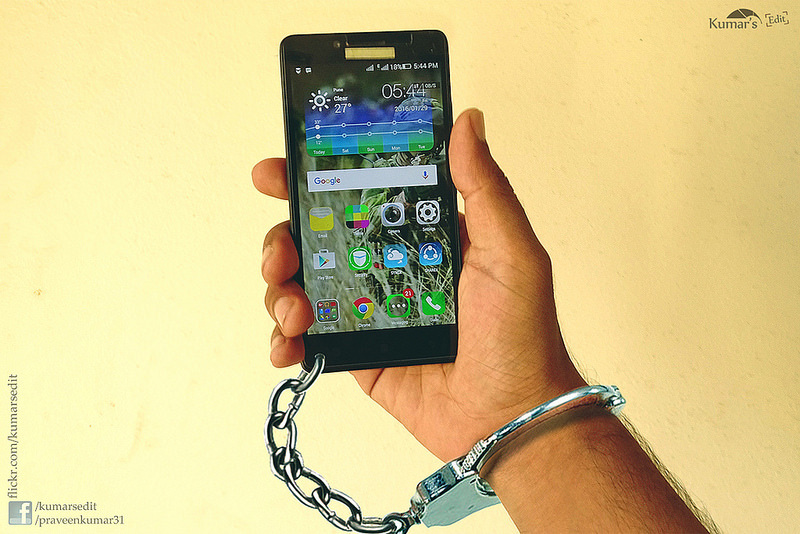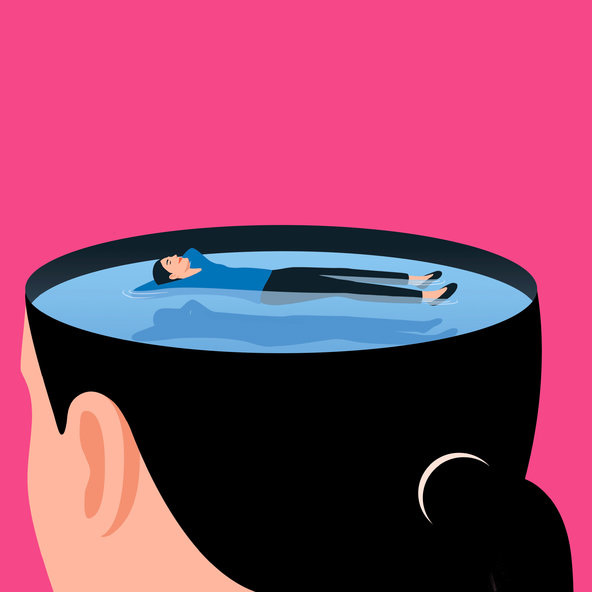It is usually stated in the present positive, as if it is already happening because the language the brain responds to is in the present.
When you say, "I hope....", "I want...", "I'm going to..." that language automatically puts whatever you are working towards in the future, where you'll get to it "someday" but there's nothing to do right now.
The brain and body stays in idle and doesn't kick into action.
Let's take the example of making money.
"I will make more money" has a distinctly different feel than "I am making plenty of money doing what I love".
The second one creates this sense of discomfort, almost like you're lying and creates the energy in you to close the gap.
Try this out for yourself.
Say out loud, "I hope" and notice how that settles in your body.
Then say, "I am" and notice the difference.
One feels more active and the other more passive.
The language of Victory is NOW.
"I have....."
"I am......"
"I create...."
"I welcome...."
Half of creating change is mindset.
As Einstein has been credited in saying,
"The definition of insanity is doing the same thing over and over and expecting a different result".
Victory begins with making the decision that whatever has been lingering and creating stress has no place in your life anymore.
Then begins the process of practicing acting differently.
The word resolution, when you break it down, is "re-solution".
Once you have decided you are Victorious over your challenge, it is time to go about finding re-solutions to the things that cause you pain and consistently practicing that.
I am so thankful for Brain Gym and Brain Integration for helping me and so many people become Victorious in so many areas.
I am looking forward to aiding your Victory this coming year!
This is the year that I am Victorious over my stress
This is the year that I am Victorious over my relationships
This is the year that I am Victorious over my addictions
This is the year that I am Victorious over my weight
This is the year that I am Victorious over my purpose
This is the year that I am Victorious over my money
This is the year that I am Victorious over my social anxiety
This is the year that I am Victorious over my dating life
This is the year that I am Victorious over my fear.
What are you Victorious over this year?
Share your Victory in the comments below!





 RSS Feed
RSS Feed
